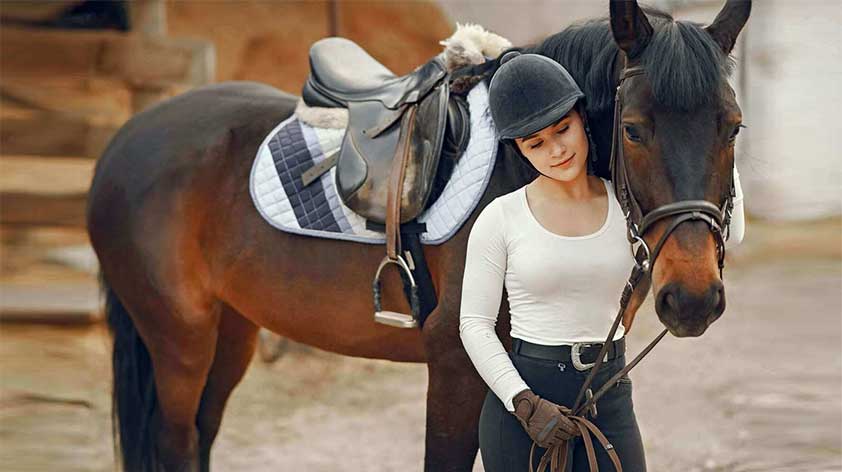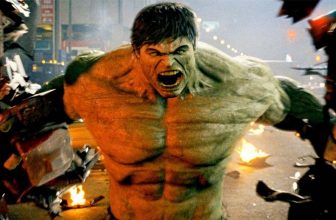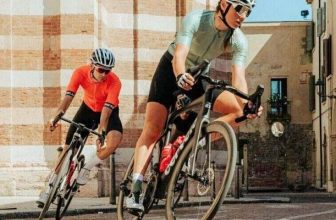
Most people think of horseback riding as recreational. Others regard it as work or a sport. Learn about the different types of competitive equestrian events. The world of equestrian sports is as diverse as it is thrilling, with a wide array of disciplines that highlight the exceptional skills and bond between horse and rider.
Both Western and English-style riding boast unique competitive events that highlight different aspects of horseback riding. Follow on for Equestrian: 6 Different Types of Competitive Events!
Western Rodeo Horseback Events
In the high-energy world of rodeos, barrel racing, reining, and cutting stand out for their speed and agility requirements, and the strong emphasis on the horse-rider partnership.
1. Barrel Racing
This timed event was traditionally for women. The horse and rider weave through a cloverleaf pattern around three barrels.
The goal is to complete the course in the shortest time without knocking over any barrels. It requires speed, precision, and an outstanding level of communication between horse and rider.
2. Reining
Often described as a Western form of dressage, reining showcases a horse’s athletic ability and a rider’s skills. In a reining event, horses are asked to perform a precise pattern of circles, spins, and stops, demonstrating their responsiveness and willingness to perform.
3. Cutting
This event highlights the skills necessary for managing cattle on a ranch. The horse and rider must separate a single cow from a herd and prevent it from returning, showing the horse’s agility and cow sense.
Rodeo riders have begun to adopt helmets to protect their heads (they are required for high school bull riding events), but traditionalists still wear cowboy hats for the charm, as do rodeo spectators.
English Equestrian Events
English equestrian events, including hunter/jumper, dressage, and schooling, place a premium on elegance, fluidity, and precision.
4. Hunter/Jumper
This discipline involves two types of competitions. In ‘hunter’ competitions, horses are judged on their style, manners, and smoothness around a course of jumps. ‘Jumper’ competitions are purely about speed and accuracy, with the fastest clear round winning.
5. Dressage
Being the highest expression of horse training, dressage requires horse and rider to perform a series of predetermined movements, known as “tests,” in a flat arena. The focus is on grace, harmony, and the horse’s attentiveness to subtle rider cues.
6. Schooling
Also known as ‘show hack,’ schooling events assess a horse’s manners, movement, and rideability. Horses are asked to perform various gaits and may also be required to jump small fences.
Western vs. Thoroughbred Horseracing
Western quarter horse racing and thoroughbred racing, while both exciting equestrian sports, exhibit distinct differences.
Quarter horses are typically stockier and more muscular than thoroughbreds, and they’re known for their remarkable ability to cover a quarter-mile distance in as little as 21 seconds from a standing start!
On the other hand, thoroughbreds are leaner and more athletic, displaying their prowess in longer races. Their long, lanky legs allow for sustained speed, making them ideal for traditional “sport of kings” horse racing.
Even amateur Western or English riding competitions offer thrilling displays of athleticism from both horse and rider. The different types of competitive equestrian events require meticulous preparation, especially when getting ready for the fall horse show season.
During training, riders build strength with workouts that may include using equipment like kettlebells. Horses are put through their paces repeatedly to become accustomed to the demands of their sport.
Along with training, riders must ensure their equipment is ready for action. Whether you prefer Western or English equestrian events, you know you’re seeing both human and horse athletes performing at their peak!









